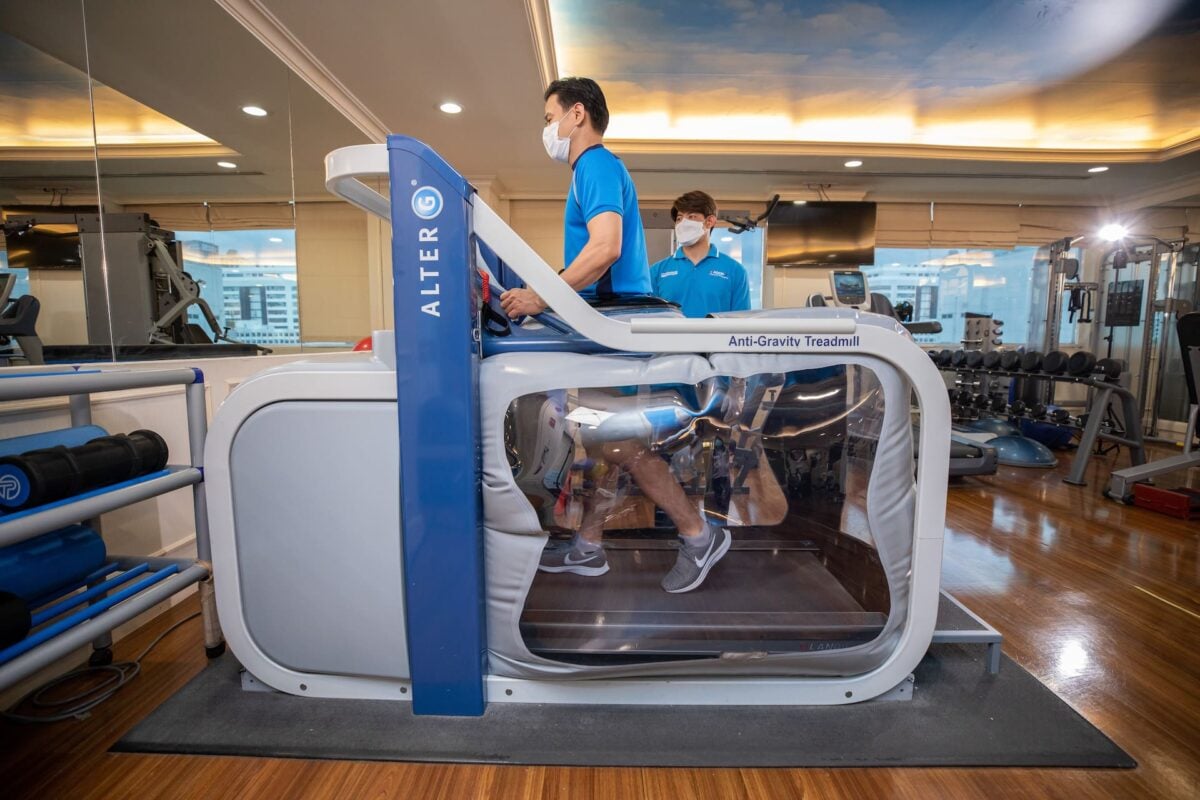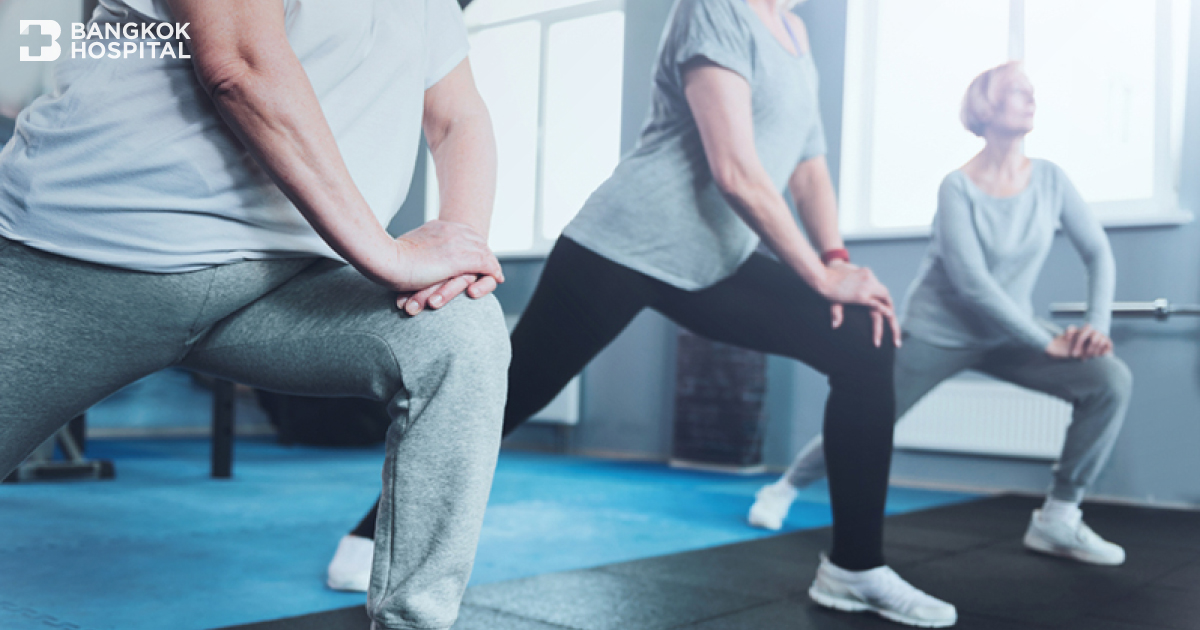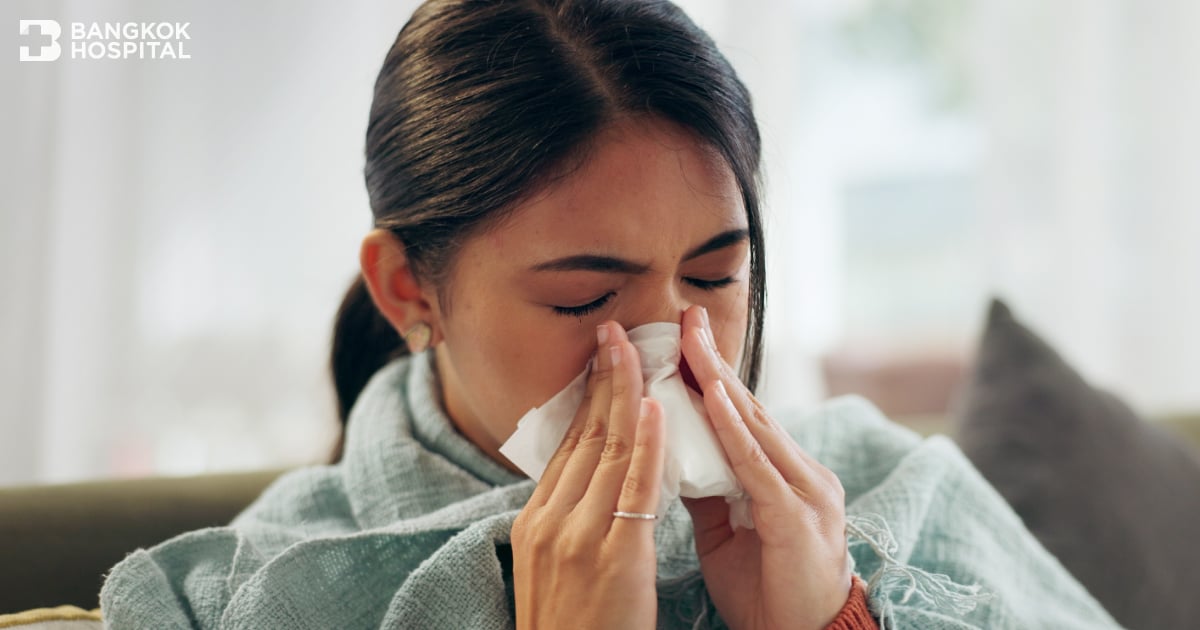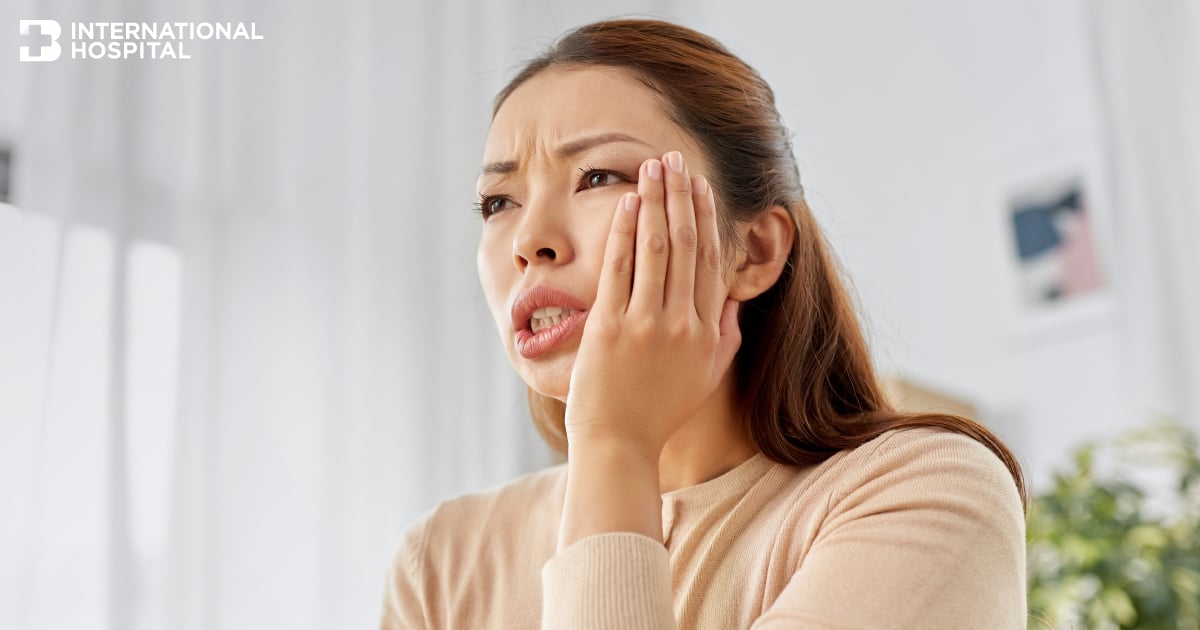A joint is defined as the point at which two or more bones articulate. Synovial joints are by far the most common classification of joint within the human body. They are highly moveable and all have a synovial capsule (collagenous structure) surrounding the entire joint, a synovial membrane (the inner layer of the capsule) which secretes synovial fluid (a lubricating liquid) and cartilage known as hyaline cartilage which pads the ends of the articulating bones.
Joint injury
1) Sprain
Grade 1: small tear of the tendon, tender around the joint, minimal or no swelling
Grade 2: tender at the joint, swelling, marked tender if press the finger on the joint
Grade 3: tear of synovial membrane, marked swelling, bleeding inside the joint
2) Dislocation – Common in contact sport players such as rugby and football. A dislocation is an injury to a joint in which the ends of your bones are forced from their normal positions.
3) Swollen joint – happen when there is an increase of fluid in the tissues that surround the joints. This can be a result from overuse or accident.
Do not treat symptoms – The important of finding the root cause
Dr. Pornthep Mamanee, an orthopedic surgeon specialized in minimally invasive surgery at Bangkok Academy of Sports and Exercise Medicine, informs that joint injuries are common especially shoulder, knee, or ankle. The treatment may take several months.
“Shoulder injury are frequently caused by sport activities that involve repetitive, excessive, overhead motion. Most problems involve the muscles around the joint, ligaments, and tendons. The injury can also be caused by a direct blow to the area from a fall or collision. Treatment depends on location of the injury.”
Treatment for joint injury
Dr. Pornthep explained that if it is muscle injury, the treatments are rest the injured limb, compress the area with cold pack, take non-steroidal anti-inflammatory drugs and muscle relaxants, and rehabilitation. If there is a dislocation or fracture, immobilize the injured limb and seek immediate medical attention. The treatment may include reduction or surgery.
“Chronic injury of joint shoulder may be caused by torn ligaments or tendons. Due to the complexity of the shoulder joint there are some injuries which may appear to have happened suddenly but also may develop gradually over time. For knee joint injury, the common location is anterior cruciate ligament. Athletes who participate in high demand sports like soccer, football, and basketball are more likely to injure their anterior cruciate ligaments.”
Other causes of knee joint injury is overstretching or weak muscles. This is more likely a chronic injury. First aid instructions are rest, do not move the injured limb, and apply ice or cold pack on the knee.
If the pain is severe and the patient cannot move the injured limb, it is best to immobilize the joint with elastic bandage and a board. Then, the patient should go to see a doctor immediately. 80% of the injuries are anterior cruciate ligament injury. Usually the injured ligaments cannot heal by itself as there is no longer any contact between the two ends of the ligament.
Minimally invasive surgery technique
Dr. Pornthep explained that with technological advancement, the new surgical technique is minimally invasive surgery.
“Currently, arthroscopic surgery can be done instead of an open surgery for rotator cuff tear, anterior cruciate ligament tear, and meniscal tear. The advantages are smaller incision, less blood loss, and the patient will be able to start rehabilitation within 1-2 days after surgery. In an athletic patient, the doctor will try to speed up the recovery time and get the patient back in the game as soon as possible.”
Post-operative rehabilitation
After surgery, rehabilitative therapy is very important. With the new technology, anti-gravity treadmill (Alter-G) allows you and your physical therapist to move your rehabilitation and training forward with its unique unweighting capabilities. It reduces gravity’s impact by 80% of your body weight resulting in less pain and stress to the injured ligament.

Last but not least, Dr. Pornthep shared with us the technique to prevent joint injury. Before starting any exercise, warm up and then do stretches. If you stretch muscles in the front and back of your thighs, it decreases tension on your tendons, ultimately relieving pressure on the knees. This will reduce the chance of joint injury.






